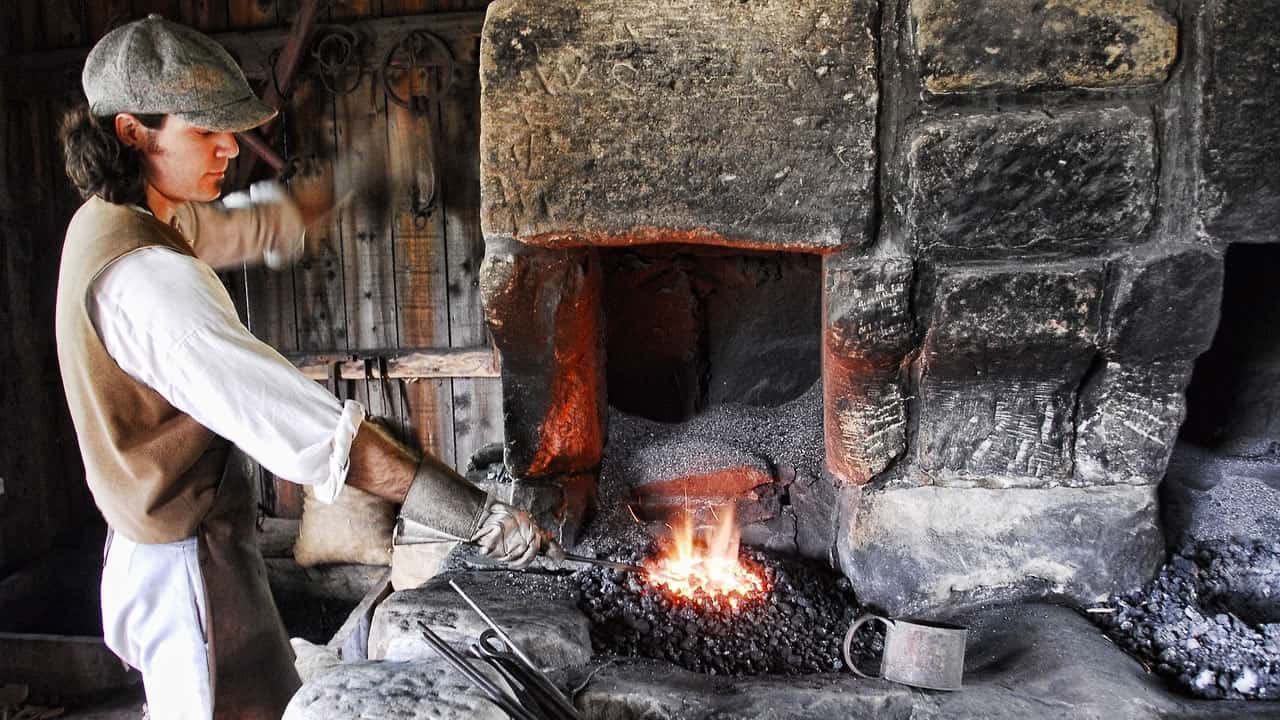
The creation of an axe is a form of art that melds tradition, skill, and technology. In a world increasingly reliant on mass-produced goods, the craftsmanship of high-quality axes stands out as a testament to the enduring value of handcrafted tools. This article delves into the intricate process of crafting an axe, offering insights from expert blacksmiths and manufacturers who keep this ancient craft alive.
The history of axe making dates back thousands of years, with early examples found in the Stone Age. Originally crafted from stone, axes have evolved over the millennia, with improvements in materials and design. The introduction of bronze and later iron revolutionized the craft, leading to stronger, more durable axes.
Throughout history, the axe has been more than just a tool; it has been a symbol of survival, a means of livelihood, and an object of artistic expression. Today, the best axe makers blend traditional techniques with modern technology, creating axes that are not only functional but also beautiful.
The process of making a high-quality axe begins in the blacksmith’s workshop. The essential tools of the trade include:
A well-equipped workshop is crucial, but the soul of axe creation lies in the skill and experience of the blacksmith.
High-quality axes are typically made from carbon steel, known for its durability and ability to hold a sharp edge. The choice of metal is crucial, as it determines the axe’s strength and longevity.
The metal is heated in the forge until it’s malleable and then hammered into shape on the anvil. This process, known as forging, requires precision and skill. The blacksmith must strike the right balance between strength and weight, ensuring the axe is powerful yet manageable.
Once the basic shape is formed, the axe head is refined with grinders and files. The blade is carefully shaped and sharpened to a fine edge. This step is both an art and a science, requiring a keen eye and steady hand.
Heat treatment involves heating and then rapidly cooling the metal, a process that increases its hardness and durability. The axe head is heated to a specific temperature and then quenched in water or oil. After quenching, it’s tempered to reduce brittleness.
The handle, usually made from hardwood like hickory or ash, is carefully selected for its strength and grain pattern. The axe head is securely attached to the handle, often with a wooden wedge for a tight fit.
The final steps involve fine-tuning the axe for balance and aesthetics. The handle may be sanded and treated with oil to protect the wood. The axe head can be polished or etched with designs, adding to its beauty.
To gain deeper insights into the craft, we spoke with several renowned axe makers.
John Smith has been a blacksmith for over 30 years, specializing in hand-forged axes. He emphasizes the importance of traditional techniques in his work.
“Every axe I make is unique,” John explains. “The process is deeply personal. It’s not just about shaping metal; it’s about infusing the tool with character and purpose.”
John’s axes are known for their classic designs and exceptional durability. He believes that an axe should feel like an extension of the user’s arm, perfectly balanced and comfortable to use.
Sarah Johnson represents a newer generation of axe makers who combine traditional methods with modern technology. Her company uses advanced metallurgy and precision machinery to produce axes.
“Our goal is to create axes that meet the demands of today’s users,” says Sarah. “We respect the traditional art of axe making, but we also embrace innovation to improve performance and durability.”
Sarah’s axes are popular among professional woodsmen and outdoor enthusiasts. They appreciate the blend of craftsmanship and cutting-edge technology.
As we look to the future, the art of axe engineering appears to be in good hands. There is a growing appreciation for handcrafted tools, and the community of axe makers is thriving.
Advances in technology are also opening up new possibilities. From new metal alloys to computer-aided design, the potential for innovation is vast. However, at its core, axe making remains an art form rooted in tradition and skill.
The art of axe making is a captivating blend of history, craftsmanship, and technology. The process from a raw piece of metal to a finished axe is a journey of transformation, guided by the skilled hands of the axe maker. Whether crafted in a traditional forge or a modern manufacturing facility, the high-quality axe stands as a testament to human ingenuity and the enduring value of handcrafted tools. As we continue to evolve and innovate, the fundamental principles of quality, durability, and craftsmanship will remain the guiding lights of this ancient art.
Axes are tools that have been a vital part of human civilization for thousands of years. Whether used for chopping…
Axes have long held a place in our collective imagination, symbolizing strength, survival, and sometimes even terror. From ancient legends…
Bushcraft axes are a fundamental tool for survival and outdoor enthusiasts. These axes are not just tools for wood chopping…
Chopping wood is a fundamental skill, whether for a seasoned lumberjack, a homeowner managing their firewood supply, or an outdoor…
In the realm of wilderness survival skills, an axe is one of the most versatile tools you can have at…
For anyone involved in wood cutting, whether as a professional or a hobbyist, choosing the right axe is crucial. Axes…